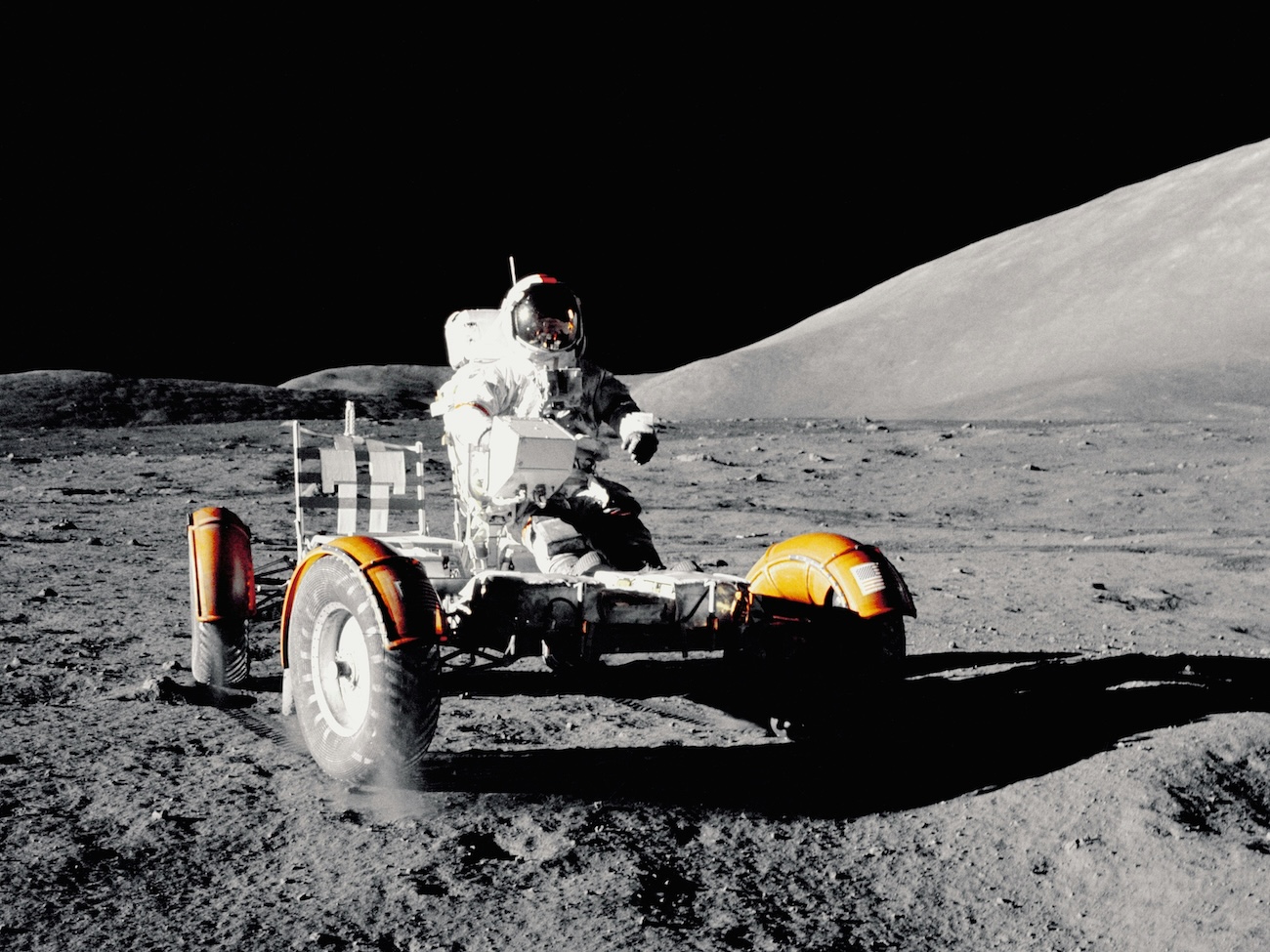For a client having access to radioisotopes, Damona performed a detailed market study to understand the commercial potential of Americium-241 (Am-241).
To undertake this project, Damona took a top to bottom approach, structured as follow:
- Use cases: Understanding the various cases where Am-241 is used and could be used in the future. For each use case, Damona identified the baseline technology – currently used -, the competitive technologies – such as other isotopes, Pu-238 is one when it comes to Radioisotopes Thermal Generators, and direct competitors – Am-241 producers. In addition, key requirements such as purity are reviewed
- Direct competitors: Identification of all Am-241 producers, their current product volume, forecast and a 360-analysis through a SWOT framework
- Transport: Review of all the nuclear transport regulations and applications of the requirement in the case of Am-241
- Pricing: Two way approach to pricing: Value based – through interviews with end users, competition based – through collecting competitors’ prices
- Market sizing: Three markets identified based on the required effort to penetrate those market with a detailed forecast until 2040+
- Value chain: Identification of all the stakeholders within the value chain for each use cases, with a detailed presentation of the key stakeholders and main projects. In addition, application of a matrix presenting the most appealing prospects and the level of effort required
- High go-to-market: Application of Business Model Canvas and high level strategy for each use case
- First steps to industrialisation: Presentation of various frameworks to reach a successful industrialisation
To execute this work, in a niche sector, Damona conducted 25+ interviews of various stakeholders across the entire value chain. Those interviews also identified prospects and RFP that will be released a few months after end of the project.
Date: 20th January 2025






